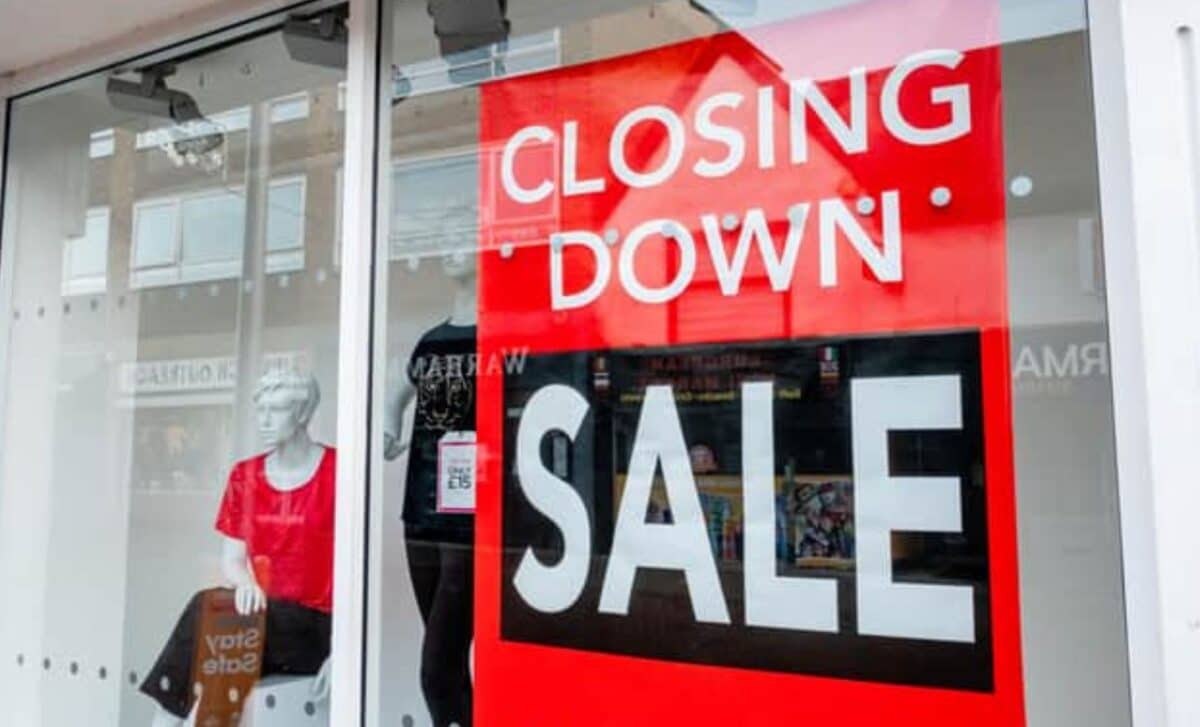One of Britain’s oldest department stores, Beales, is set to disappear from the high street after more than 140 years, as it prepares to shut its last remaining store. The retailer, which once operated 41 department stores across the UK, has blamed rising taxes, higher wage costs, and shifting shopping habits for its closure.
The final store, located in Poole’s Dolphin Centre, will cease trading at the end of May, marking the end of an era for the historic retailer. The company cited increased National Insurance contributions, the rise in minimum wage, and ongoing economic uncertainty as key reasons behind the decision. Retail analysts warn that this closure is yet another sign of the struggles facing brick-and-mortar businesses, particularly department stores, which have seen a steady decline as more consumers shift to online shopping.
Why Is Beales Closing?
The closure of Beales’ last store highlights the growing pressures on UK retailers, especially those reliant on physical stores. Traditional department stores have struggled to adapt to modern consumer habits, with younger shoppers increasingly turning to e-commerce for convenience and price competitiveness. For Beales, these challenges have been compounded by rising operational costs, making it difficult to keep its doors open.
Beales’ chief executive Tony Brown explained that the business had become “unviable”, particularly in light of the recent tax and wage increases introduced in Labour’s October Budget. With higher employer National Insurance contributions and the minimum wage set to rise to £12.21 per hour from April, the company found itself facing unsustainable costs.
“This, coupled with the risks and uncertainty of further tax increases in the coming years, have left us no other option,” Brown told The Telegraph.
The company has worked closely with the Dolphin Centre and investors to ensure a smooth exit, stating that it will honor financial commitments to employees and suppliers. While this approach will prevent financial losses for those directly involved with Beales, it does little to soften the blow for local shoppers and the high street, which will lose yet another historic retailer.
The Bigger Picture—Why More Retailers Are Struggling
Beales is just one of many long-established retailers facing financial difficulties, and its closure raises concerns about the future of high street shopping in the UK. The retail industry has been under pressure for years, but the current economic climate has made survival even more difficult for businesses with high overhead costs.
A combination of factors has contributed to the decline of department stores and other high street businesses, including:
- The cost-of-living crisis—Consumers are cutting back on discretionary spending, meaning fewer sales for retailers that rely on non-essential purchases.
- Higher operational costs—Retailers are being hit with rising National Insurance contributions, higher business rates, and a sharp increase in the minimum wage. These costs are squeezing profit margins, making it difficult to sustain large stores.
- The rise of online shopping—Younger generations are less likely to shop in traditional department stores, preferring the convenience and competitive pricing offered by e-commerce giants like Amazon and ASOS.
- Post-pandemic consumer habits—COVID-19 accelerated the shift to online shopping, and many consumers who once relied on physical stores have not returned to high street shopping.
Retail industry experts warn that Beales may not be the last casualty. The British Independent Retailers Association (Bira) has expressed concerns that more high street stores will close in 2025, as businesses struggle to absorb rising operational costs while competing with cheaper online alternatives.
Bira’s commercial director Jeff Moody described the closure of Beales as a “devastating loss”, stating:
“This is not just the loss of another shop – it represents the end of a retail institution that has served communities for nearly one-and-a-half centuries.”
This sentiment has been echoed by retail analysts, who predict that 2025 could see even more major closures, especially if economic pressures continue to erode business profitability.
The Broader Impact on UK Retail
The closure of Beales follows the collapse of several other well-known retail chains, indicating that larger structural issues are at play. The rising costs of operating brick-and-mortar stores, combined with shifting shopping behaviors, have led to a wave of high-profile closures in recent years.
Among the biggest losses:
- Homebase and Ted Baker, both of which shut multiple stores in 2024.
- Shoezone, which has announced that it will close several of its 297 locations, citing rising operational costs as the main reason.
- New Look, which is accelerating the planned closure of 100 stores—nearly a quarter of its UK presence.
- M&S and Next, both of which have warned customers of upcoming price increases to offset rising costs.
According to the Centre for Retail Research (CRR), around 17,350 retail sites are expected to shut down in 2025, following an already difficult 2024, during which over 13,000 shops closed—a 28% increase from the previous year. Retail job losses have also spiked, with nearly 170,000 workers losing their jobs in 2024, a 41.9% increase from 2023.
With such a bleak outlook, many retail experts are warning that 2025 could be even worse, particularly if economic conditions continue to deteriorate.
The End of an Era
The final closure of Beales marks the end of a retail legacy that dates back to 1881. The company, which once had a strong presence in market towns across the UK, is now set to disappear from the high street entirely.
For loyal customers, the closure is a symbol of the changing face of retail, where historic department stores are struggling to compete with modern shopping trends. While online retailers continue to thrive, high street shopping is becoming increasingly unsustainable, leading to questions about the future of traditional retail in the UK.
As Beales prepares to close its final store, it serves as yet another reminder of the challenges facing UK retailers, and for many, it raises concerns about how many more historic names will disappear from the high street in the coming years.









